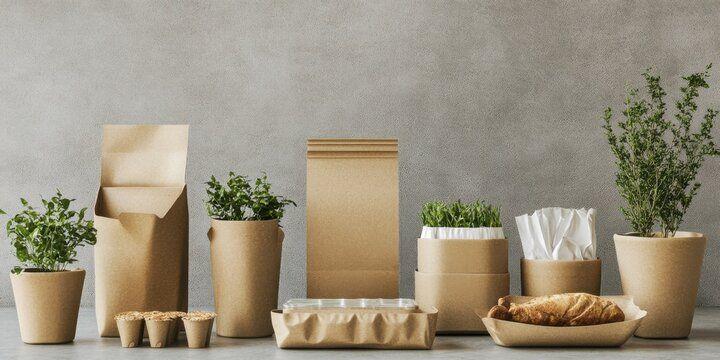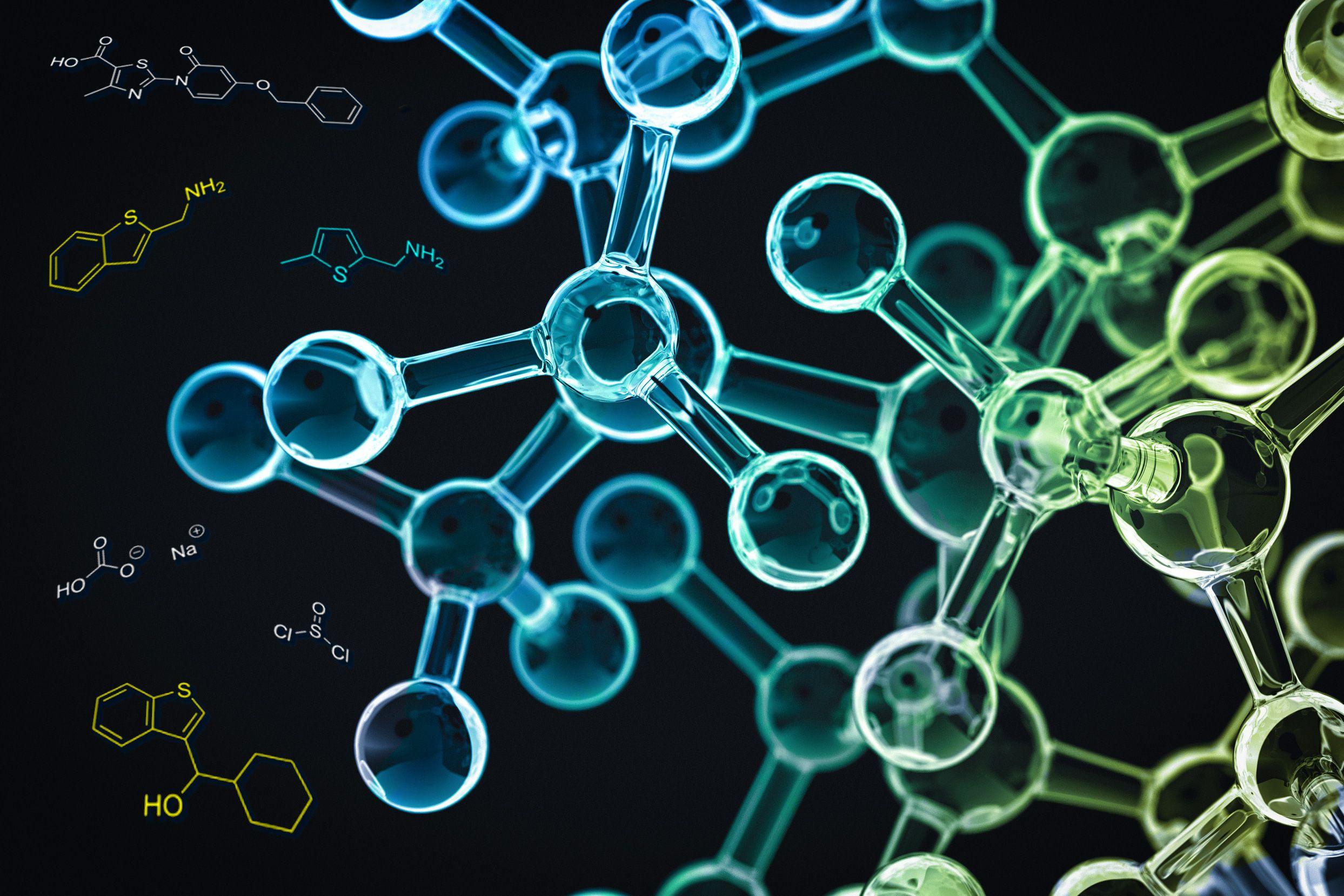How Sustainable Packaging Is Revolutionizing the Packaging Industry

In recent years, the packaging industry has undergone a massive shift. As consumers and businesses alike become more environmentally conscious, sustainable packaging has emerged as a game-changing solution. But what exactly is sustainable packaging, and how is it revolutionizing the way products are packaged and delivered worldwide?
What is Sustainable Packaging?
Sustainable packaging refers to the use of materials and design processes that reduce the environmental impact throughout the product's lifecycle. From production to disposal, the goal of sustainable packaging is to create minimal waste, use renewable resources, and reduce the carbon footprint associated with traditional packaging methods. In essence, sustainable packaging focuses on reducing negative effects on the environment while ensuring the product reaches the consumer in a safe and functional form.
The Rise of Sustainable Packaging Materials
One of the most notable changes in the packaging industry is the shift from traditional packaging materials to sustainable packaging materials. These materials are made from renewable resources like bamboo, recycled paper, biodegradable plastics, and plant-based substances. Unlike conventional materials such as plastic, which can take hundreds of years to decompose, sustainable packaging materials break down naturally, leaving minimal impact on the environment.
For example, packaging made from recycled paper or biodegradable plastics is far more eco-friendly compared to the plastic used in most conventional packaging. The use of sustainable food packaging is also gaining traction, as more food brands move away from single-use plastics to materials that decompose or are recyclable, reducing both waste and pollution.
Why Sustainable Packaging is Revolutionizing the Industry
Sustainable packaging is not just a trend but a revolution in the packaging industry. Here are a few ways it is transforming the way businesses operate and how consumers perceive products:
1. Reducing Waste and Pollution
Traditional packaging, particularly single-use plastics, is one of the leading contributors to global waste. It is estimated that over 300 million tons of plastic waste are generated each year, much of which ends up in our oceans and landfills. Sustainable packaging helps to significantly reduce this waste by using materials that are either biodegradable or recyclable, preventing harmful substances from polluting the environment.
2. Meeting Consumer Demand for Eco-Friendly Products
Consumers are increasingly prioritizing sustainability in their purchasing decisions. According to recent studies, a large percentage of consumers are more likely to choose brands that offer sustainable packaging examples over those that do not. Companies are responding to this demand by adopting eco-friendly materials in their packaging. Brands such as Coca-Cola, Unilever, and Nestlé have already taken significant steps toward using sustainable packaging materials, signaling that sustainability is no longer just a buzzword—it's becoming the norm.
3. Lowering Carbon Footprint
Another significant advantage of sustainable packaging is its reduced carbon footprint. Traditional packaging materials, like plastic, require large amounts of energy to produce and are typically derived from fossil fuels. In contrast, sustainable packaging materials are often made from renewable resources and require less energy to produce, leading to a smaller carbon footprint. By switching to sustainable options, businesses can make meaningful contributions toward reducing greenhouse gas emissions.
4. Encouraging Innovation and New Technologies
The push for sustainable packaging has sparked innovation in the packaging industry. Companies are now exploring new ways to make packaging not only sustainable but also more efficient. For instance, edible packaging made from seaweed or plant-based materials is being tested as a viable alternative to plastic. This innovation is allowing businesses to push the boundaries of what’s possible in the packaging world while keeping sustainability at the forefront.
Sustainable Packaging Examples in Action
Many companies are already leading the charge with their use of sustainable packaging examples. For instance, Lush, the cosmetics retailer, has pioneered the use of packaging-free products, eliminating the need for plastic altogether. Similarly, brands like Amazon and PepsiCo have committed to reducing the environmental impact of their packaging by using sustainable packaging materials that can be easily recycled or composted.
Another great example is the food industry. Brands like Chipotle and McDonald's have shifted toward sustainable food packaging, using biodegradable or compostable materials for their takeout containers and wrappers. These companies are not only reducing their reliance on harmful plastic but also setting an example for others in the industry to follow.
The Future of Sustainable Packaging
As the demand for sustainability grows, the future of packaging will undoubtedly be centered around eco-friendly materials and designs. The continued development of innovative materials, such as edible packaging or advanced biodegradable plastics, will help businesses reduce waste even further. Additionally, government regulations are likely to become more stringent, pushing companies to adopt sustainable packaging practices to stay compliant.
With more businesses and consumers embracing sustainability, the packaging industry is poised to undergo a complete transformation. As sustainable packaging becomes the new standard, it will not only help protect the environment but also promote a culture of responsibility and innovation across industries.
Conclusion
In conclusion, sustainable packaging is more than just a trend—it's a revolution that is reshaping the packaging industry. By shifting towards eco-friendly alternatives, businesses are reducing waste, lowering their carbon footprints, and responding to consumer demand for greener products. Whether it's using sustainable food packaging or adopting sustainable packaging materials for everyday products, the change is already happening, and it's making a significant impact on both the environment and the economy.
As we look ahead, it's clear that sustainable packaging will continue to be a driving force in the industry, paving the way for a more sustainable, eco-conscious future.







